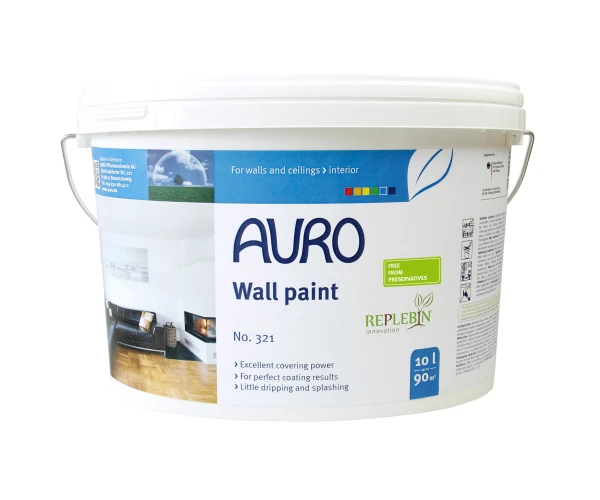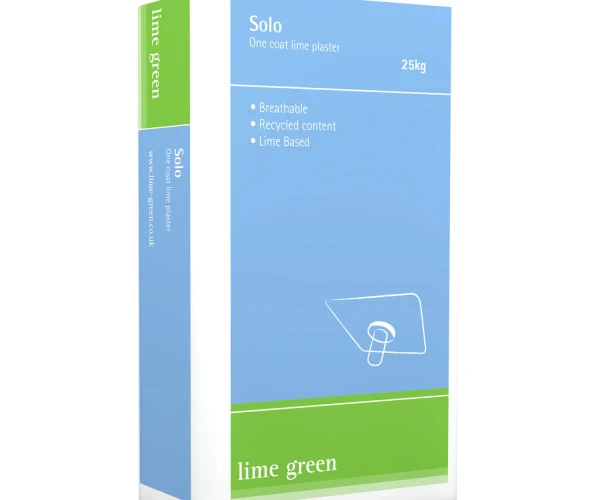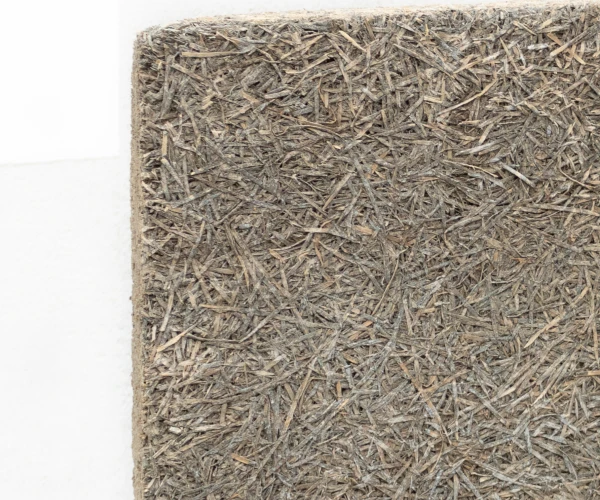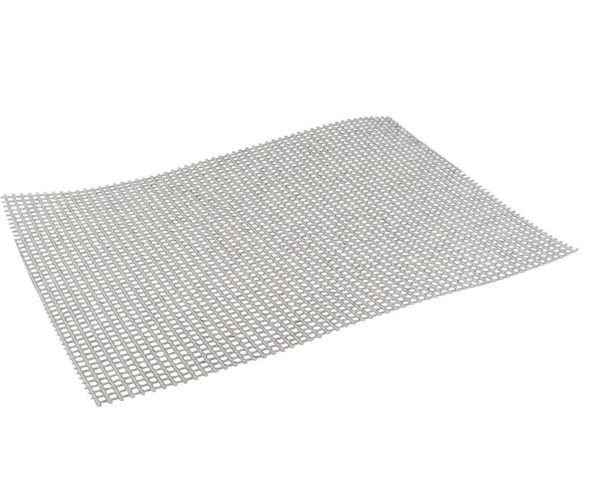Go to Section
Back to Top
Thursday 14th January 2021
After years of being derelict, this historic police barracks in Dublin is being treated to a renovation using natural materials and techniques, including Celenit NC wood wool internal insulation boards, to repair the original internal brickwork.
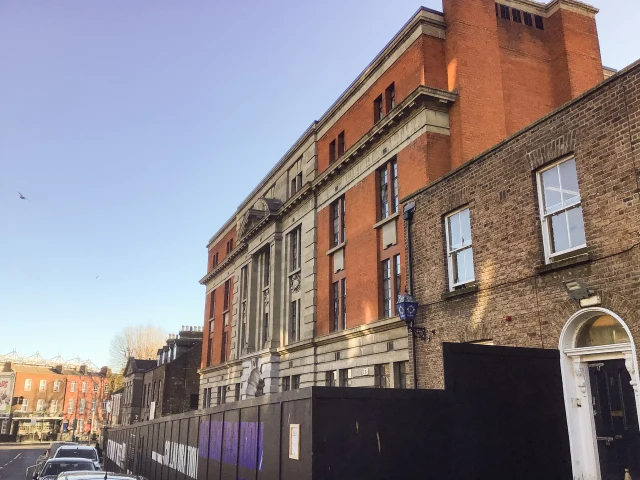
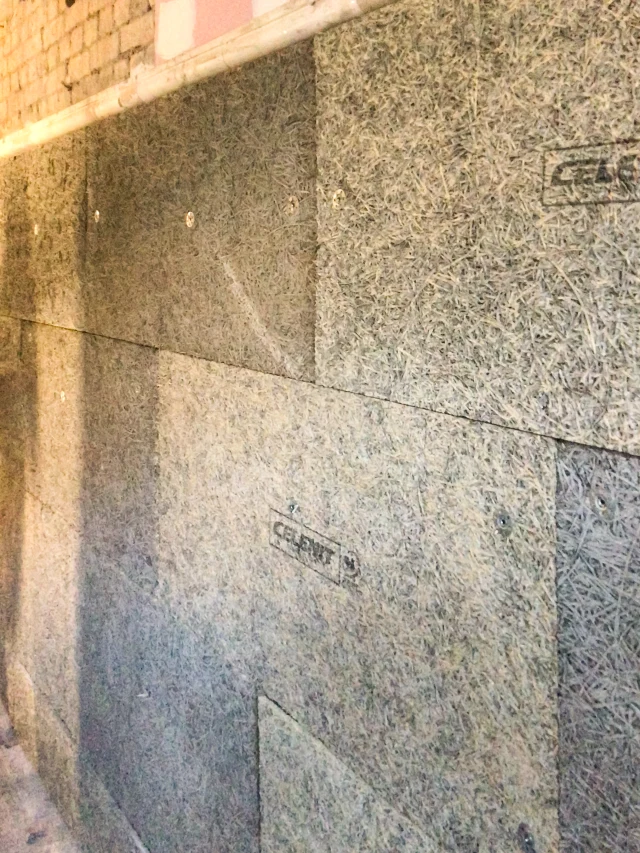
Go to Section

Joe Fitzgerald
Technical Manager
Joe is a Passivhaus Contractor with Degree qualifications in Sustainable Construction and Energy Management. He also completed Postgraduate Diplomas in Green Engineering and Advanced Thermal Modelling and a Postgraduate Certificate in Hygrothermal Risk Assessment.
